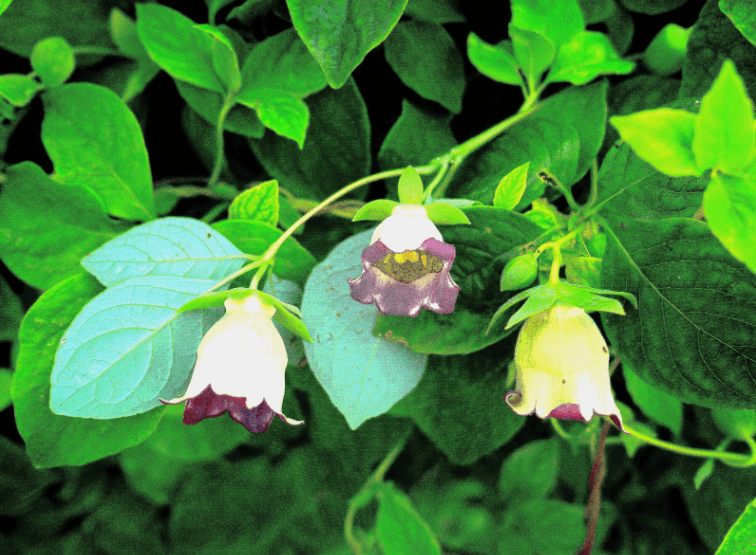
Codonopsis
Share

Common Name Bonnet Bellflower,Dang Shen
Family Name Campanulaceae
Parts Used Roots
Herbal Actions Immunomodulator, Adaptogen, Tonic, Digestive Aid, Hematopoietic
Health Benefits Immune Support, Energy Boost, Respiratory Health
What are the Benefits of Codonopsis?
Codonopsis, a revered herb across Asia and in Traditional Chinese Medicine (TCM), has been used for centuries as a fundamental tonic to enhance vitality and longevity.* Energetically, this herb is considered to be a qi (energy) toner that’s sweet in taste and gentle in its action. It’s an essential herb in TCM, routinely used to strengthen the immune system, boost energy levels, and support the health of the lungs and spleen.
Rich in polysaccharides and saponins, Codonopsis acts as an adaptogen, aiding the body in managing stress and enhancing overall well-being. Its properties help to improve digestion, increase red blood cell production, and promote better oxygen utilization, which in turn supports physical stamina and recovery.* Often dubbed as "Poor Man's Ginseng," Codonopsis is valued not only in herbal remedies but is also commonly incorporated into daily Chinese cuisine, including soups, teas, and medicinal meals, making it a versatile addition to both dietary and therapeutic practices. This widespread use underscores its importance in enhancing daily health and resilience, reflecting its integral role in traditional and modern health practices.
Historical Use ofCodonopsis
Codonopsis has long been esteemed among various communities in Asia, particularly within Chinese culture, where it is deeply intertwined with both health practices and spiritual beliefs. According to classical Chinese texts, Codonopsis is believed to embody the spirit of the earth, providing grounding and nourishing properties that enhance life force and vitality. It has been used in Traditional Chinese Medicine (TCM) as a means to fortify qi (vital energy) and balance the body's organs, particularly the lungs and spleen.
Historically, Codonopsis was not only consumed for its health benefits but also featured in spiritual and healing ceremonies. Its roots were often included in rituals intended to promote healing, longevity, and spiritual harmony. The herb was considered a symbol of protection and strength, believed to protect against negative influences and to enhance mental clarity and peace.
In addition to its medicinal and spiritual uses, Codonopsis played a role in everyday life, often incorporated into daily meals to boost overall health. It was also used in making traditional tonics and soups, which were consumed regularly to maintain health and prevent illness. This historical usage of Codonopsis reflects its integral role in traditional practices, illustrating its importance not only in physical wellness but also in cultural and spiritual contexts.
Botanical Description & Habitat
Codonopsis, commonly referred to as "Poor Man's Ginseng," belongs to the genus Codonopsis and is part of the Campanulaceae family. These plants are herbaceous perennials, known for their twining vines and bell-shaped flowers, which resemble those of the bellflower family to which they belong.
The stems of Codonopsis are slender and climb or twine around supports. The leaves are typically alternate, simple, and often heart-shaped or oval, with a somewhat serrated edge. The flowers are usually pale green to blue or lavender, though some species may have yellowish flowers. They are bell-shaped, hanging downwards, and can be quite striking in appearance.
The roots of Codonopsis are thick and fleshy, similar in appearance to ginseng, which is why it’s sometimes called "Poor Man's Ginseng." These roots are the most valuable part of the plant, used extensively in traditional medicine.
Codonopsis is native to East Asia, particularly found in the mountainous regions of China, Korea, and Japan. It thrives in cool, moist environments and is often found in the understory of forests or in shaded areas, where it can climb on other plants or structures.
The plant prefers well-drained, fertile soil and does not tolerate drought well. It is often cultivated in gardens and farms, especially in regions where traditional Chinese medicine is practiced, due to its medicinal importance and ease of growth in appropriate climatic conditions.
